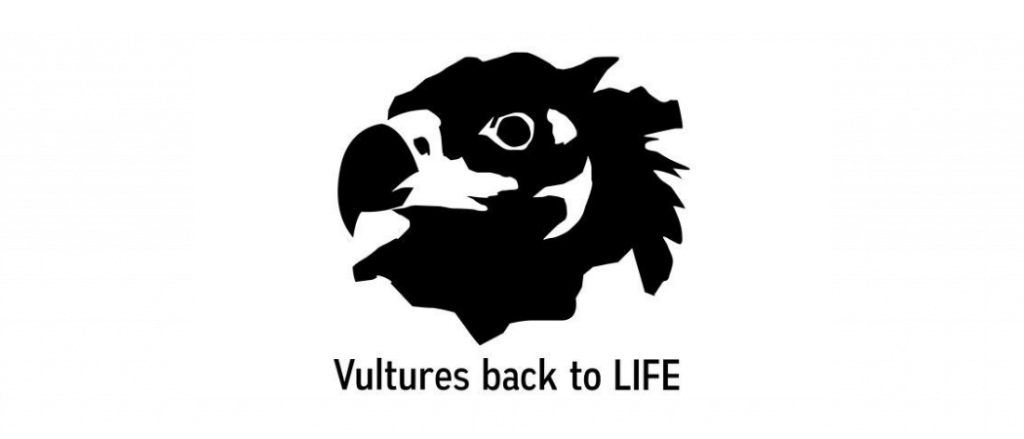
Twenty-eight years after the last nesting, the Cinereous Vulture is breeding again in Bulgaria after a chick successfully hatched in the wild this year. Now, the young one left the nest and flew into the wild, marking another significant milestone for the comeback of the species.
Wild-hatched Cinereous Vulture fledges in Bulgaria again
Decades the extinction of the species in Bulgaria, a reintroduced Cinereous Vulture pair successfully hatched a chick in the wild on 10 May this year. Exactly 145 days later, on Friday, 1 October 2021, the young one spread its wings and took its first flight! The moment of fledging commemorated the excellent work its parents carried out during the long breeding season and marked the historic event for the return of the species in Bulgaria. Although three pairs have laid eggs this year in the Balkan Mountain in Bulgaria, only one successfully raised a chick, which is quite normal considering the inexperience of the young parents. A Vultures Back to LIFE team tagged the young one with rings and a GPS transmitter in the nest on 25 July, enabling the project to track its movements and behaviour in the wild. The vulture also received the name “Michev-Boev” after the two Bulgarian ornithologists and conservationists Tanyu Michev and Nikolay Boev.

Tagging the Cinereous Vulture in the nest © Hristo Peshev/FWFF, LIFE14NAT/BG/649 
Michev-Boev successfully in the wild after fledging © Lubomir Andreev
Large vulture restoration efforts in Bulgaria
Back in 1980, studies by Tanyu Michev and Nikolay Boev showed that the species was no longer breeding in the country. The conservationists then proposed the restoration of Cinereous Vultures by importing birds from abroad and releasing them into the wild in Bulgaria. Although they did not live to see the realisation of the idea, Michev and Boev inspired a generation of environmentalists who worked purposefully to achieve this objective.
The first step was reintroducing the Griffon Vulture in the Kresna Gorge and Stara Planina mountain range in Bulgaria, which became a reality by releasing over 350 Griffon Vultures there, donated by Spain, France and more than 19 zoos in seven countries. To achieve the second step, which is the return of the Cinereous Vulture as a nesting species, the Vultures Back to LIFE project funded by the EU’s LIFE programme and led by the Green Balkans and Fund for Wild Flora and Fauna started in 2015. The first three Cinereous Vultures — all captive-bred — were reintroduced in 2018, and 2019 saw the release of the first birds from Spain – all originating from wildlife rehabilitation centres.
Fast-forward 6 years, and already 59 Cinereous Vultures, most coming from Spain, reached Bulgaria thanks to the joint efforts of Junta de Extremadura, AMUS and the Vulture Conservation Foundation (VCF). Reintroduction efforts together with conservation actions returned the Cinereous Vulture as a nesting species in Bulgaria, making it the second country in the Balkans after Greece where the species is breeding.
Vultures Back to LIFE

Led by Green Balkans in collaboration with the Fund for Wild Flora and Fauna, Vulture Conservation Foundation, Junta de Extremadura and Euronatur, the Vultures Back to LIFE project aims to reintroduce the Cinereous or Eurasian Black Vulture to Bulgaria. The team will transfer and release into the wild around 60 birds, some coming from captive-breeding backgrounds but mostly from Spanish wildlife rehabilitation centres. The project will also create supplementary feeding stations, increase populations of wild herbivores, improve nesting conditions and tackle some of the major threats to support the return of the species.




